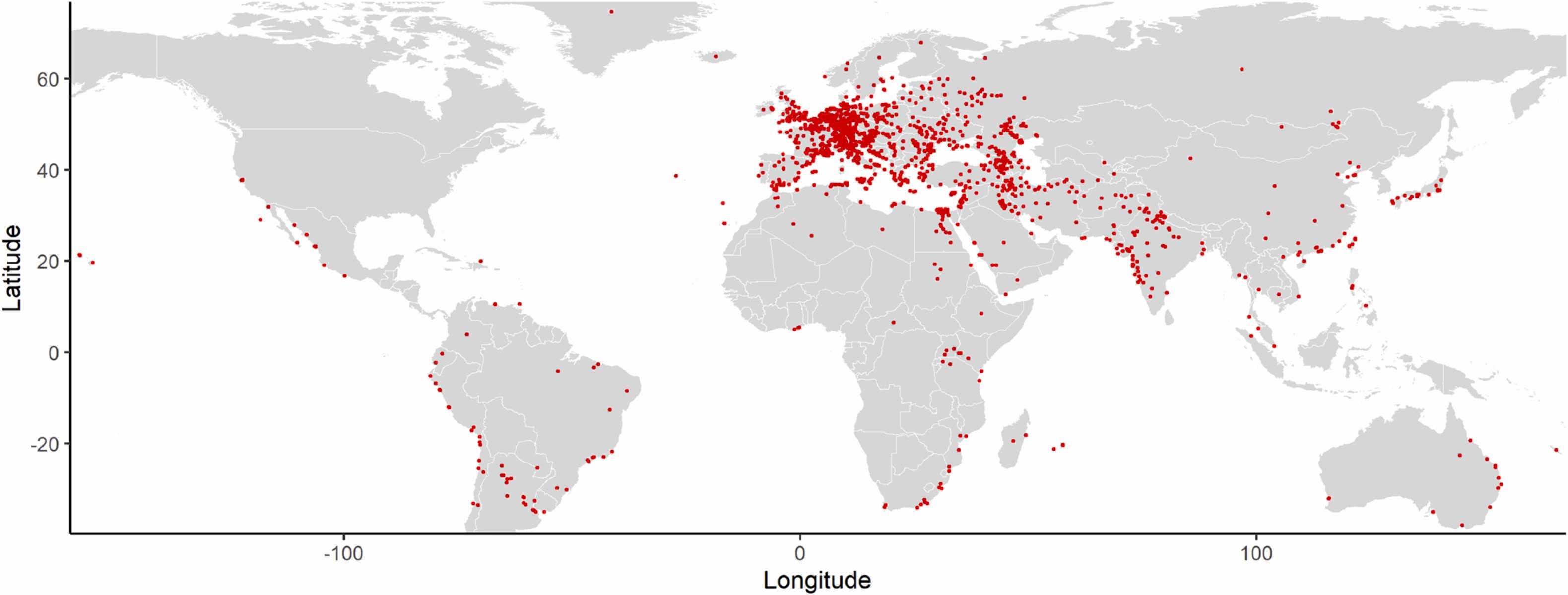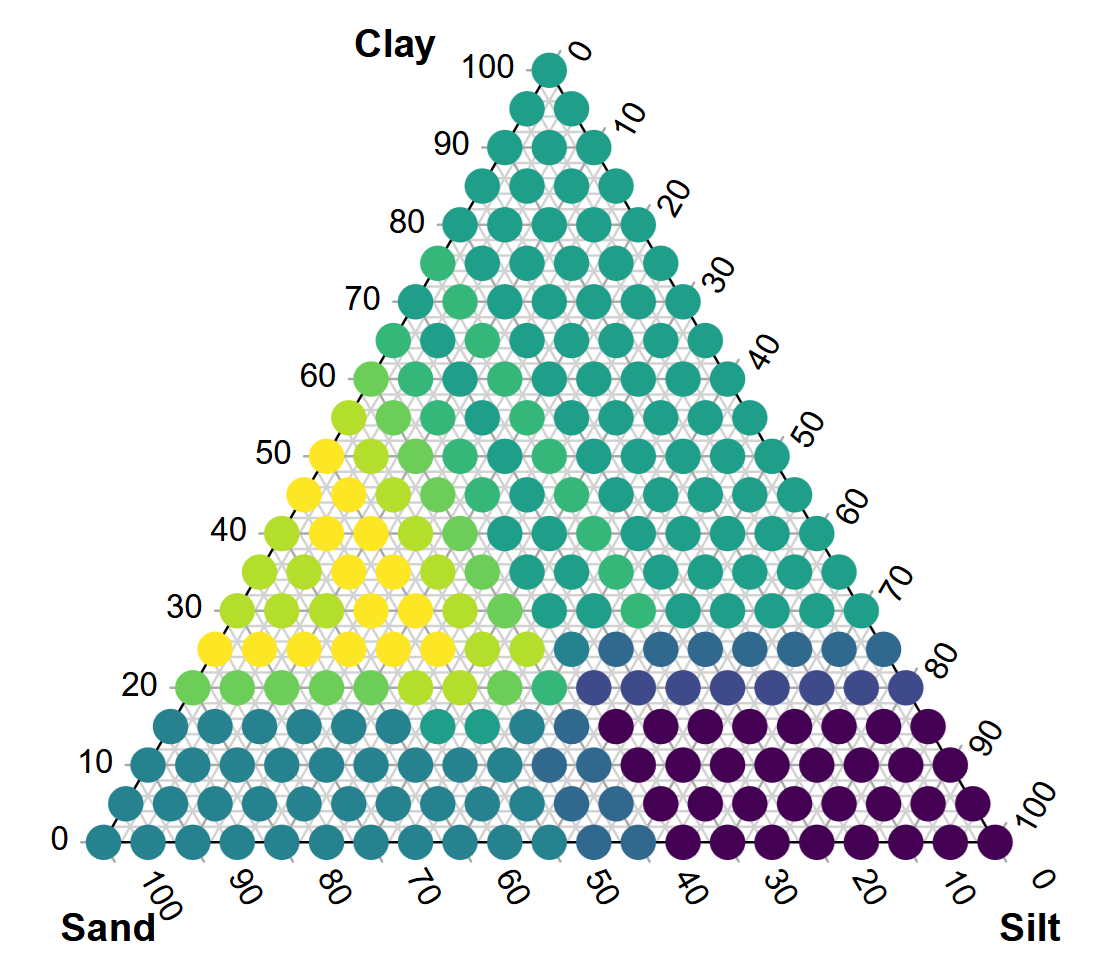Limits of Plague
Limits of Plague (2019-2023).
Limits of Plague was a project, led by me and funded by a Norwegian FRIMEDBIO grant (comparable to a Dutch Veni grant), to improve our understanding of the "rules" of where plague could persist in reservoirs and where not. Plague is still a common wildlife disease, but the "rules" for where plague can exist in the wild are unknown.
It is tempting to assume that if you have the right rodents, you can get a plague reservoirs, but that intuition breaks down rapidly when you start comparing rodent species maps with plague reservoir maps.

There are plenty of examples: marmots are important plague reservoirs in Central Asia, but not in the Alpes; black rats are a reservoir of plague in the highlands of Madagascar, but virtually nowhere else.
Which rodents populations can be long-term plague reservoirs that can harbor plague for decades has long puzzled observers. To answer that question is the primary objective of Limits of Plague. We will approach this problem by building ecological niche models (ENMs) that avoid the limitations of other attempts (which were focused on a regional scope only, using limited datasets, and generic rather than plague-specific input variables). With a vast amount of data now available from surveillance programmes from the former USSR, the USA, Brazil and China, and from historical records, the main challenge for us lies in using the right methodology to build and project ENMs as far across the globe as is reliably possible, and to test and select the right plague-relevant input variables for the models (e.g.climate instability, soil properties).
Two papers came out of this project, the first piloting a next-generation Ecological Niche Model, and a second, publishing a large quality-controlled dataset of historical plague outbreaks for back-predicting the location of historic plague reservoirs.

Carlson, C.J., Bevins, S.N. and Schmid, B.V. (2022). Plague risk in the western United States over seven decades of environmental change, Global change biology, 28(3), pp. 753–769.
Krauer, F. and Schmid, B.V. (2021). Mapping the plague through natural language processing. Epidemics 41,
A third paper, a global map of current-day plague reservoirs is still in the making. A preview, based on an intermittent version on our approach is shown below.
One of the methodological challenges we have is that the available observations on plague are biased towards the surveillance records of plague in semi-arid Central and East Asia, but that the disease can also persist in far more tropical settings.
